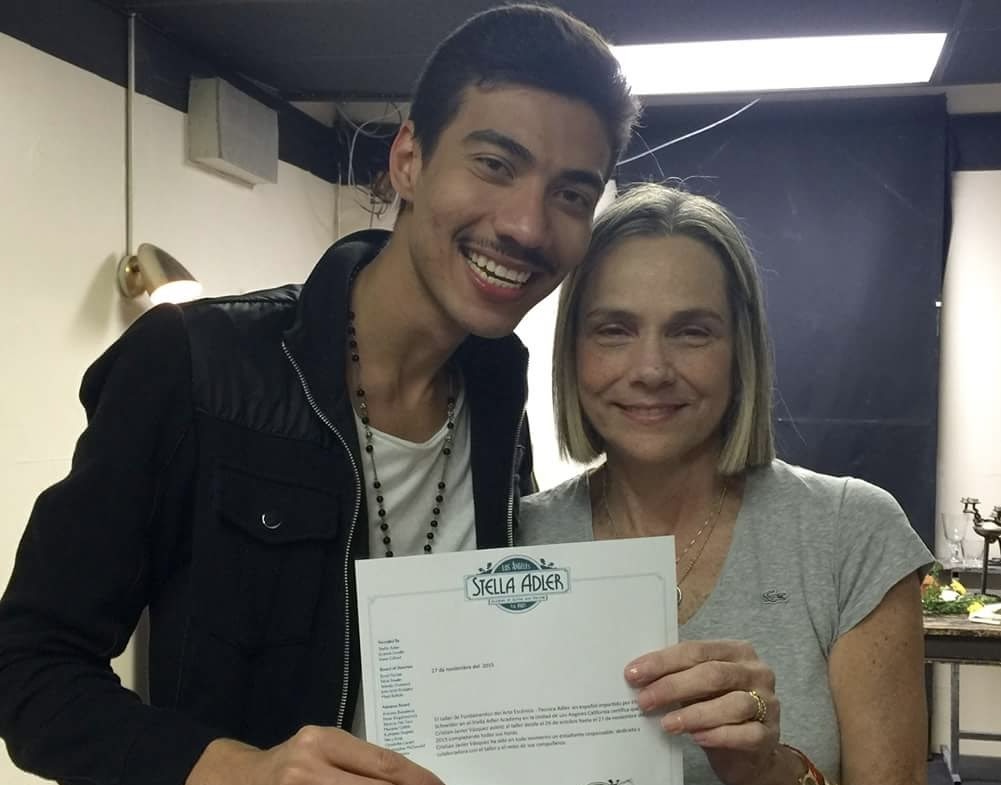(OKLAHOMA CITY, Okla.) — Tulsa Public Schools Interim Superintendent Ebony Johnson, Ph. D., outlined plans to improve the district’s testing scores and its accreditation status at the regular Oklahoma State Board of Education meeting on Sept. 28.
Johnson stepped into the middle of a tempestuous relationship between the district and State Superintendent of Instruction Ryan Walters to present her plans on only her ninth day on the job. (Walters and the rest of the board now require a monthly update from the district after members unanimously deemed it “accredited with deficiencies” in August.)
Earlier in the summer, Walters threatened to remove TPS’ accreditation and enforce a state takeover of the district, telling the administration, “Do not test me.”
Walters sparred with previous TPS Superintendent Deborah Gist over the schools’ academic performance and what he called “woke indoctrination.”
Tulsa Public Schools is Oklahoma’s largest public school system encompassing more than 75 schools serving a nearly 80% minority and 62% economically disadvantaged student population.
“Let us teach. Let us focus on the students, and you will see the results you want,” LeeAnne Power Jimenez, vice president of the Tulsa Classroom Teachers Association said before Johnson’s presentation during the public comment period.
“Attacks on public education have caused many to leave the profession altogether,” she added. “This political sideshow has taken the focus away from students.”
‘Attempting to change the narrative’
Gist resigned in August in an effort to retain TPS accreditation and administrators after battling with Walters for more than a year.
Johnson, who was previously chief learning officer for TPS, described herself as “completely and utterly dedicated to this work.” She repeatedly emphasized the district has room for improvement but that she and the TPS Board of Education are “attempting to change the narrative.”
“We have to ensure that the narrative of Tulsa Public Schools is truly realized and that we can move forward, overcome, and be grateful for our school and our community. And we will,” she said.
Among the challenges Johnson faces are schools with an overall assessment of “F” on their Oklahoma School Report Card from the State Department of Education. The report cards are composed of data about academic achievement and growth; chronic absenteeism; language proficiency; and graduate rates, among other factors. Improvements require increasing literacy rates and getting students to grade-level proficiency in reading and mathematics.
Johnson outlined for the board TPS’ new plan to train teachers on the science of reading, which includes providing monthly training and detailed literacy guides as well as increased access to state-approved resources for reading and literacy.
In addition to professional development, Johnson mentioned Amira Learning, an artificial intelligence tutoring program, as another resource for increasing student literacy.
“I think our students are enjoying that, and our teachers are seeing the progress as a result,” Johnson said.
TPS also wants to improve family communications, and Johnson said guardians would begin receiving weekly grades via email as opposed to logging into the school’s parent portal.
Using data to drive change
“I will also be results-oriented,” Johnson said. “It’s critically important that our teams understand that we must use the data in order to drive the change that we want to see.”
She spoke about how the district will use data and metrics to improve performance, reiterating she receives weekly progress reports from schools and that principals get reviewed quarterly.
However, Walters said he was “disappointed” that TPS did not present numbers to the State Board of Education.
“Where is the data goals that the district has? … I’m not seeing, identified in this plan, ‘We expect test scores, reading proficiency rates to increase X amount by this time,’” he said.
Johnson then referred to the district’s Pathways to Opportunity five-year program developed during the coronavirus pandemic for 2022-2027.
It sets literacy benchmarks, such as 37% of its economically disadvantaged elementary-aged students ranking at or above the top 50th percentile nationally on testing by May 2027. According to a TPS report from 2022, only 23% of that population met that goal when Pathways was created.
Johnson said that Pathways to Opportunity continues to serve as the school system’s method of developing progress reports. She said that TPS is “charting in the right direction” for meeting those goals and that the district is “pushing for the max while keeping it realistic.”
![Tulsa Public Schools Interim Superintendent Ebony Johnson gives the district’s first monthly progress update to the Oklahoma State Department of Education on Sept. 28. [Credit: Paige Willett]](https://theclick.news/wp-content/uploads/2023/10/JohnsontoOKSBE2-1024x768.jpg)

